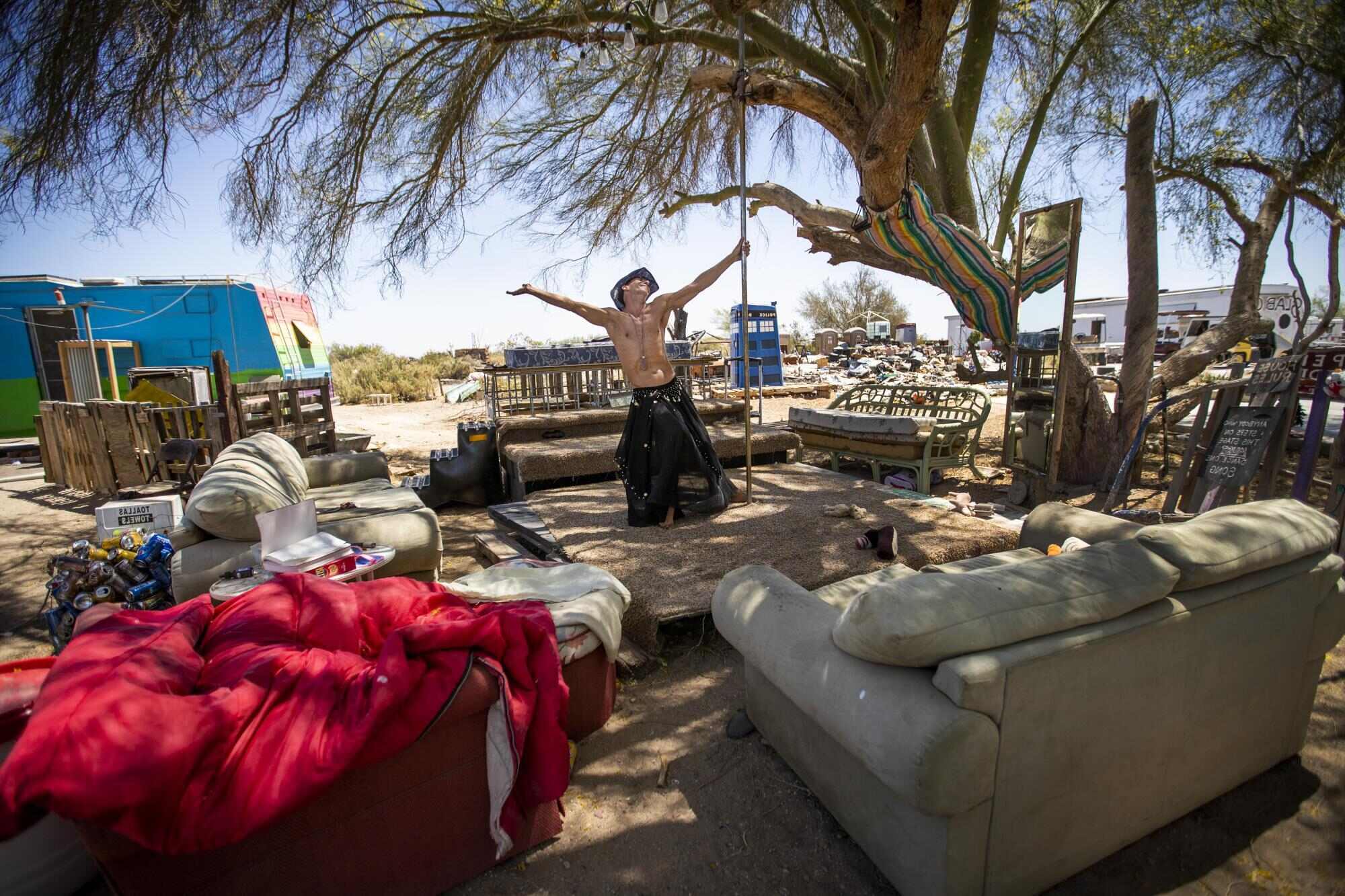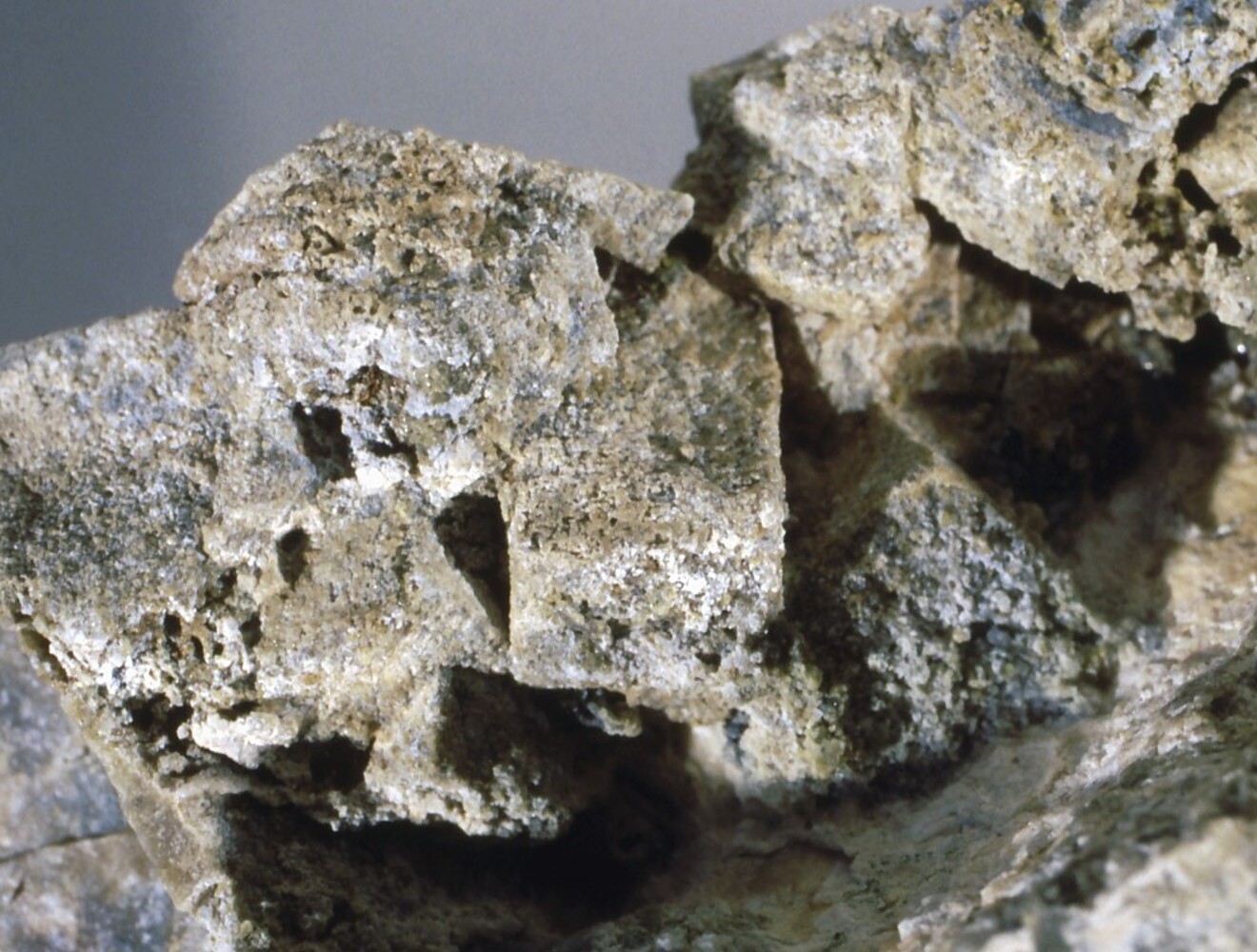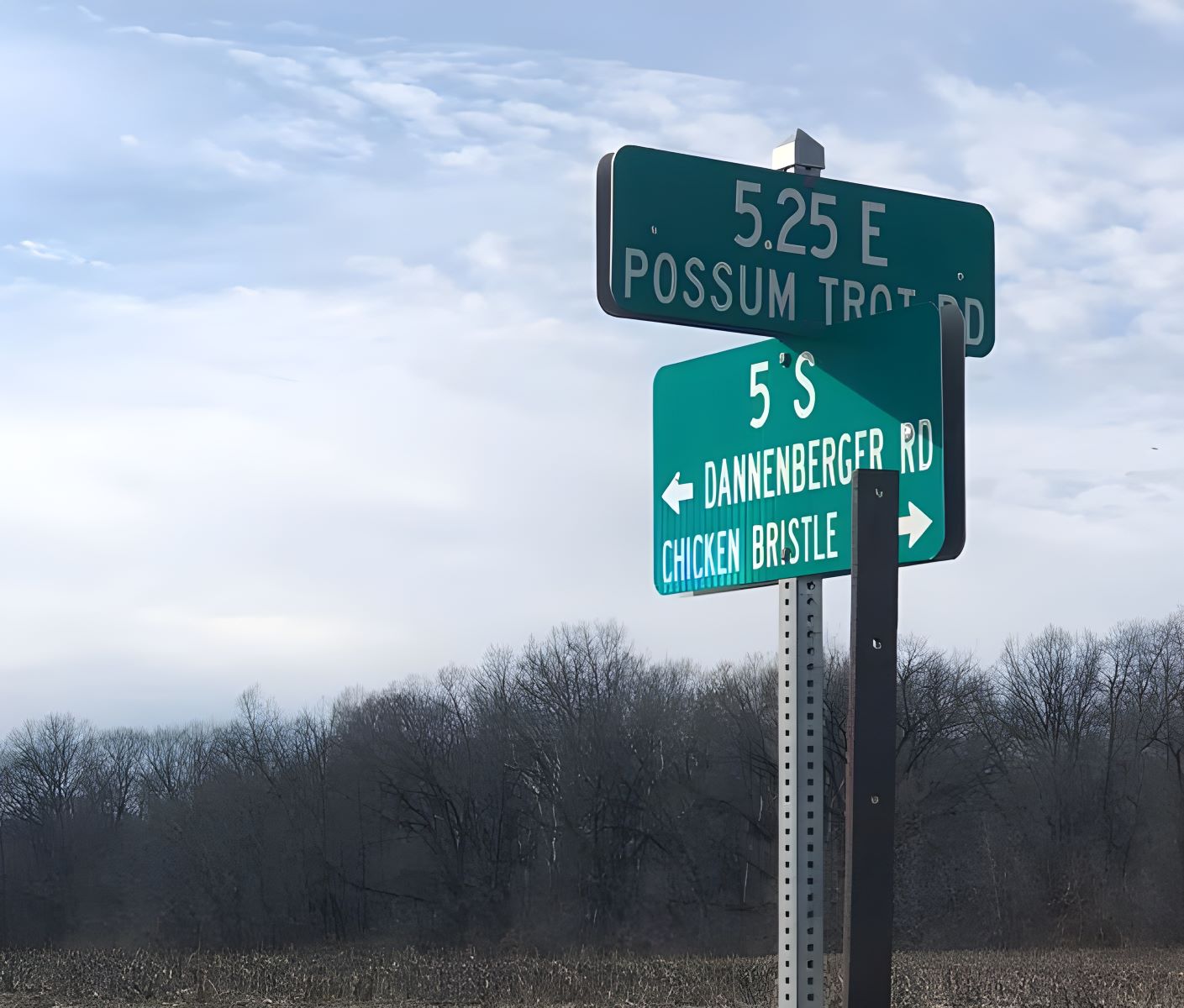
Is Slab City a real city? Yes, Slab City is a real place, but it’s not your typical city. Located in the Sonoran Desert in California, this off-the-grid community is built on an abandoned military base. Known as "The Last Free Place," it attracts artists, wanderers, and those seeking an alternative lifestyle. There are no official services like water, electricity, or sewage, and residents live in makeshift homes, RVs, and tents. Despite its harsh conditions, Slab City has a unique charm with its vibrant art installations and strong sense of community. Curious about what makes this place so special? Let’s dive into 35 intriguing facts about Slab City!
Key Takeaways:
- Slab City is a unique off-grid community in the California desert, where residents live without basic utilities, rely on solar power, and embrace a vibrant art scene.
- Despite the challenges of extreme weather and lack of infrastructure, Slab City fosters a culture of freedom, creativity, and mutual aid, making it a symbol of alternative living.
What is Slab City?
Slab City, often called "The Last Free Place," is an off-grid community in the Sonoran Desert of California. This unique settlement attracts artists, wanderers, and those seeking an alternative lifestyle. Here are some fascinating facts about this intriguing place.
- Slab City is located near Niland, California, about 156 miles east of San Diego.
- The community sits on the site of a former World War II Marine barracks called Camp Dunlap.
- After the camp was dismantled in the 1950s, only the concrete slabs remained, giving the area its name.
- Slab City is not an official city and has no mayor or formal government.
- Residents live without basic utilities like electricity, running water, or sewage systems.
- The population fluctuates seasonally, with around 150 permanent residents and up to 4,000 during the winter.
- Many residents use solar panels to generate electricity for their homes.
- Water is trucked in from nearby towns, and residents often rely on communal resources.
- Slab City has no official trash collection, so residents must manage their waste independently.
- The community is known for its vibrant art scene, with many residents creating and displaying their work.
The Unique Culture of Slab City
The culture in Slab City is unlike anywhere else. It's a place where creativity and freedom thrive, attracting a diverse group of people.
- Salvation Mountain, a colorful art installation created by Leonard Knight, is one of Slab City's most famous landmarks.
- The mountain is covered in biblical messages and bright paint, making it a popular tourist attraction.
- East Jesus is another notable art site, featuring sculptures made from recycled materials.
- The Range is an open-air nightclub where residents and visitors can enjoy live music and performances.
- Slab City Library, a free library run by volunteers, offers books and a quiet place to read.
- The community hosts various events, including talent shows, potlucks, and movie nights.
- Many residents are artists, musicians, and writers who find inspiration in the desert landscape.
- Slab City has a barter economy, with residents trading goods and services instead of using money.
- The community values self-reliance and mutual aid, with neighbors often helping each other out.
- Despite the lack of formal governance, residents have established their own rules and norms to maintain order.
Challenges of Living in Slab City
Living in Slab City comes with its own set of challenges. The harsh desert environment and lack of infrastructure can make life difficult.
- Temperatures in the summer can exceed 120 degrees Fahrenheit, making it essential to find ways to stay cool.
- The lack of running water means residents must be resourceful in conserving and obtaining water.
- Without sewage systems, residents use composting toilets or other methods to manage waste.
- The remote location makes access to medical care and other services challenging.
- Crime can be an issue, with some residents reporting theft and vandalism.
- The community's informal nature means there is no police force, so residents must rely on each other for security.
- The desert environment can be harsh, with dust storms and extreme weather conditions.
- Many residents live in makeshift homes, such as RVs, trailers, or tents, which may not provide adequate protection from the elements.
- The lack of formal employment opportunities means residents must find creative ways to make a living.
- Despite these challenges, many residents choose to stay because of the freedom and sense of community they find in Slab City.
The Future of Slab City
The future of Slab City is uncertain. As more people become aware of this unique community, it faces both opportunities and threats.
- Increased tourism has brought more attention to Slab City, but also more visitors and potential conflicts.
- Some residents worry that development or government intervention could threaten their way of life.
- Efforts to preserve and protect the community's unique culture are ongoing.
- The community continues to attract new residents who are drawn to its alternative lifestyle.
- Despite the challenges, Slab City remains a symbol of freedom and creativity for those who call it home.
The Final Word on Slab City
Slab City stands out as a unique, off-the-grid community where freedom and creativity thrive. This desert settlement, once a military base, now attracts artists, wanderers, and those seeking an alternative lifestyle. With no official services like electricity or water, residents rely on solar power and ingenuity to meet their needs. The vibrant art installations, such as Salvation Mountain, add a splash of color to the stark landscape, making it a must-see for visitors.
Despite its challenges, Slab City embodies a spirit of resilience and self-reliance. It's a place where people come together to create a community on their own terms. Whether you're drawn to its artistic vibe, intrigued by its history, or simply curious about life off the grid, Slab City offers a fascinating glimpse into a different way of living.
Frequently Asked Questions
Was this page helpful?
Our commitment to delivering trustworthy and engaging content is at the heart of what we do. Each fact on our site is contributed by real users like you, bringing a wealth of diverse insights and information. To ensure the highest standards of accuracy and reliability, our dedicated editors meticulously review each submission. This process guarantees that the facts we share are not only fascinating but also credible. Trust in our commitment to quality and authenticity as you explore and learn with us.


